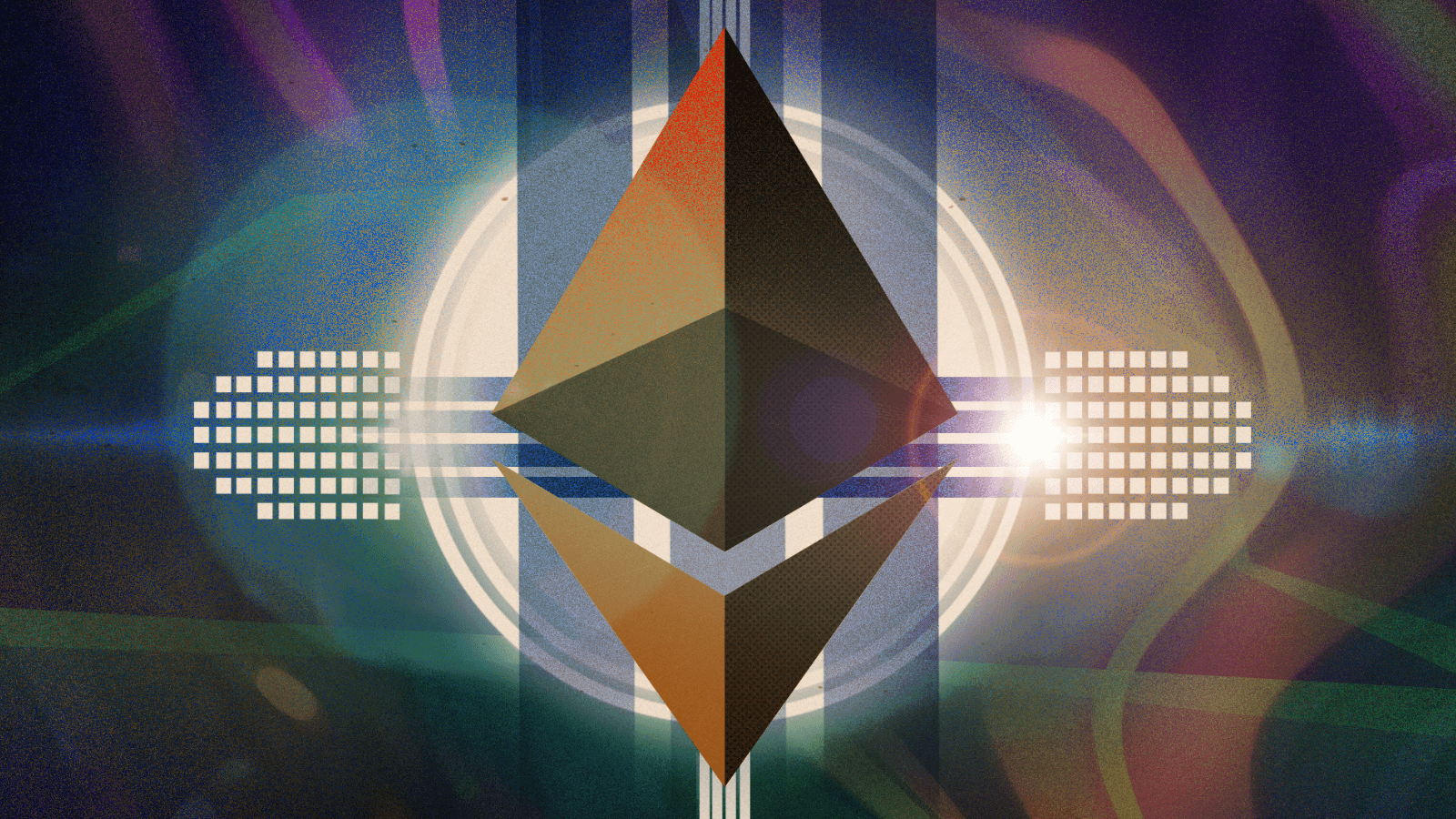Ethereum Ropsten Testnet Successfully Merged to Proof-of-stake
Ethereum’s oldest testnet, Ropsten, was merged today, with minor software releases to be expected over the next few days

blockworks exclusive art by axel rangel
- Two more public testnet merges will be executed before the mainnet
- Mainnet is expected to be live later this year
Ethereum has largely passed its next significant step in migrating the blockchain from proof-of-work to proof-of-stake — minus a couple of hiccups.
The Ropsten Merge, the latest in a series of test runs before the protocol’s mainet undergoes the transition later this year, missed a couple of validating block proposals along the way. Ropsten, Ethereum’s first test network, has been live since November 2016. Over the next few days, minor software releases addressing kinks are expected.
Two more public testnet merges on the Ethereum Goelri and Sepolia networks are scheduled to be executed before the mainnet merge.
Simon Furlong, chief operating officer at Geode Finance, told Blockworks the latest test brings Ethereum “one step closer” to a successful merge.
“The successful merge is a big confidence boost for the wider Ethereum community and shows that the ETH core devs are on track to successfully transition later this year,” Furlong said.
The network is notorious for a high volume of transactions that snarls block execution traffic, resulting in pricey gas fees (payments that power trading activity).
The Ethereum blockchain can now only process just three to 15 transactions per second. Competitor Solana can process 65,000 transactions per second, with almost zero fees — though it has faced its share of criticism in recent months for repeated network outages.
By moving from proof-of-work to proof-of-stake, Ethereum’s energy consumption is estimated to be reduced by 99.95%.
In a livestream hosted by EthStaker, Ethereum founder Vitalik Buterin reminded users that, even if the testnet were to run successfully for a few hours, the network would not be in the clear because of the risks that remain — including issues such as “MEV, staking, centralization and protection against DoS attacks that could bite us three weeks after the merge.”
It’s also important to note that the Ropsten Merge is part of the consensus layer (previously Eth2) change which handles proof-of-stake consensus, not to be confused with the execution layer (previously Eth1), which includes transactions and executions, meaning transaction time and gas fees will remain the same.
Ether has traded lower after the test merge, “showing the lack of awareness of the implications a successful merge will have for Ethereum as an asset,” Furlong said.
Get the news in your inbox. Explore Blockworks newsletters:
- The Breakdown: Decoding crypto and the markets. Daily.
- 0xResearch: Alpha in your inbox. Think like an analyst.






